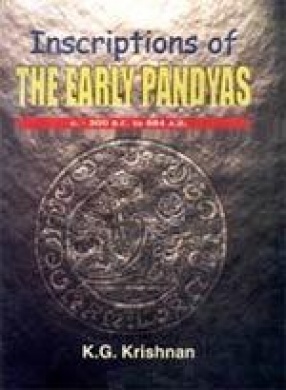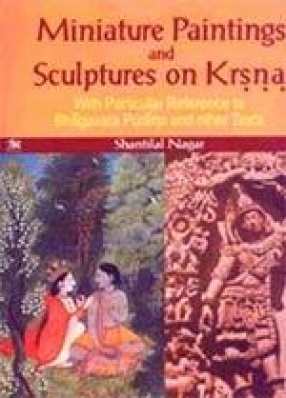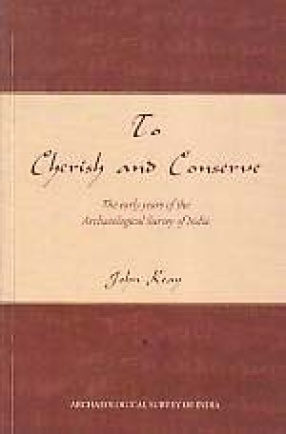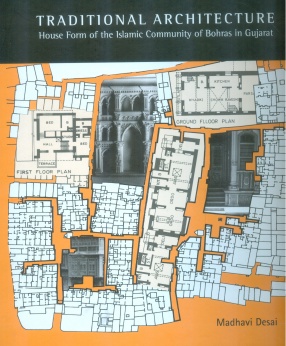The seal presented overleaf was used by the Pandyas on the seals soldered to the rings holding the sets of copper-plate charters issued by them. They show the tiger, the fish and the bow which are really emblems of the Chola, the Pandya and the Chera kings. It does not indicate the position regarding the supremacy of one over the other two, though it is usually interpreted to mean that, if it is also supported by any internal evidence. A legend, not shown here, is used to be written around these figures stating that the edict was issued by one of the three powers. Refer No. 90 verse 28 in text translation and note on p. 97. See also No. 61 in this case where such a statement is made in respect of the Pandyas. No. 7, Velvikudi plates of Neduncheliyan (line 67 and corresponding translation) refers to the fact of all these symbols of chilai (bow), puli (tiger) and kayal (fish) having been engraved by the Pandyas on the slopes of the Himalayas. The truth seems to be that the seal was in fact that of the three Tamil kings who are collectively referred to in the Hathigumpha inscription of Kharavela as a confederacy of Tamil kings, obviously Chera, Chola, and Pandya kings. It is possible that the Tamil kings operated as one against all non-Tamil sovereigns.
Inscriptions of the Early Pandyas: From C. 300 B.C. to 984 A.D.
In stock
Free & Quick Delivery Worldwide
reviews
Bibliographic information
Title
Inscriptions of the Early Pandyas: From C. 300 B.C. to 984 A.D.
Author
Edition
1st ed.
Publisher
ISBN
8172111290
Length
xx+152p., Tables; Plates; Appendices; Index; 29cm.
Subjects





There are no reviews yet.